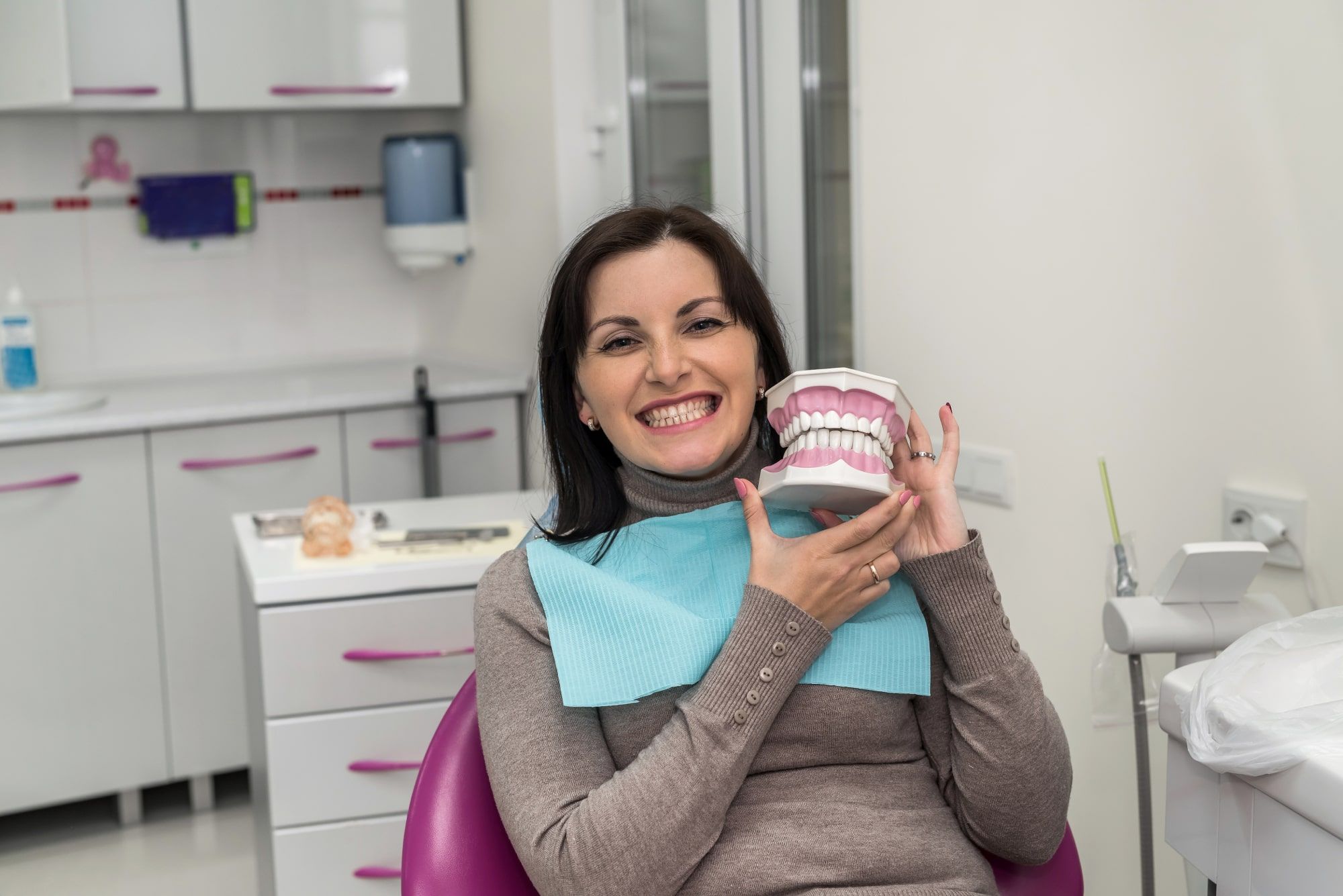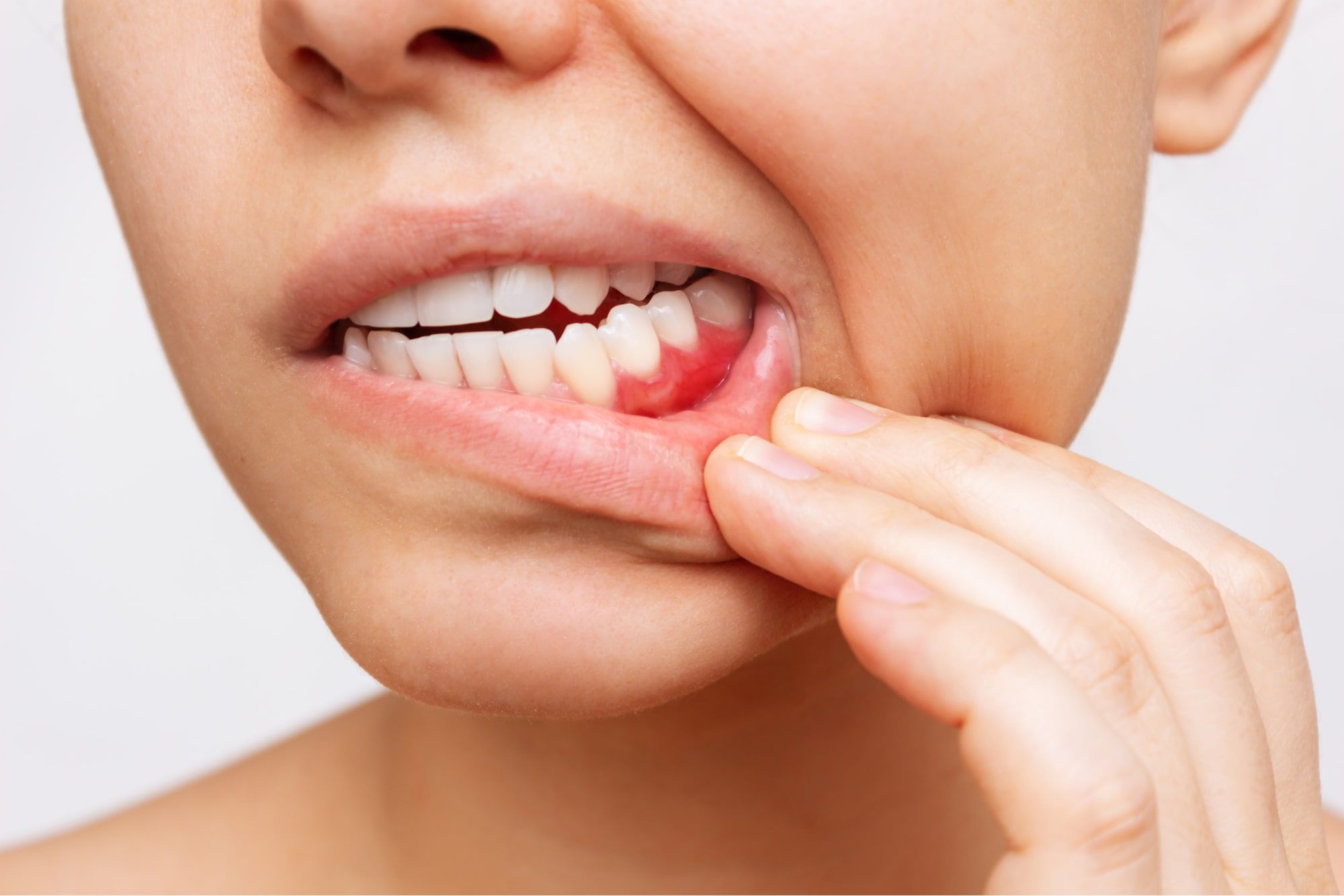
Surprisingly, four out of five individuals have periodontal disease without realizing it, primarily because the early stages are typically painless. This disease stands as the leading cause of tooth loss and may also correlate with other health issues such as stroke, bacterial pneumonia, diabetes, cardiovascular diseases, and pregnancy complications. Researchers explore connections between periodontal disease and these conditions, particularly inflammation and bacteria. Additionally, smoking heightens the risk of periodontal disease.
Surprisingly, four out of five individuals have periodontal disease without realizing it, primarily because the early stages are typically painless. This disease stands as the leading cause of tooth loss and may also correlate with other health issues such as stroke, bacterial pneumonia, diabetes, cardiovascular diseases, and pregnancy complications. Researchers explore connections between periodontal disease and these conditions, particularly inflammation and bacteria. Additionally, smoking heightens the risk of periodontal disease.







Brenner Dental Arts is committed to your well-being and smile. Our non-judgmental care caters to all dental needs. Book your visit at our Brooklyn office now or dial